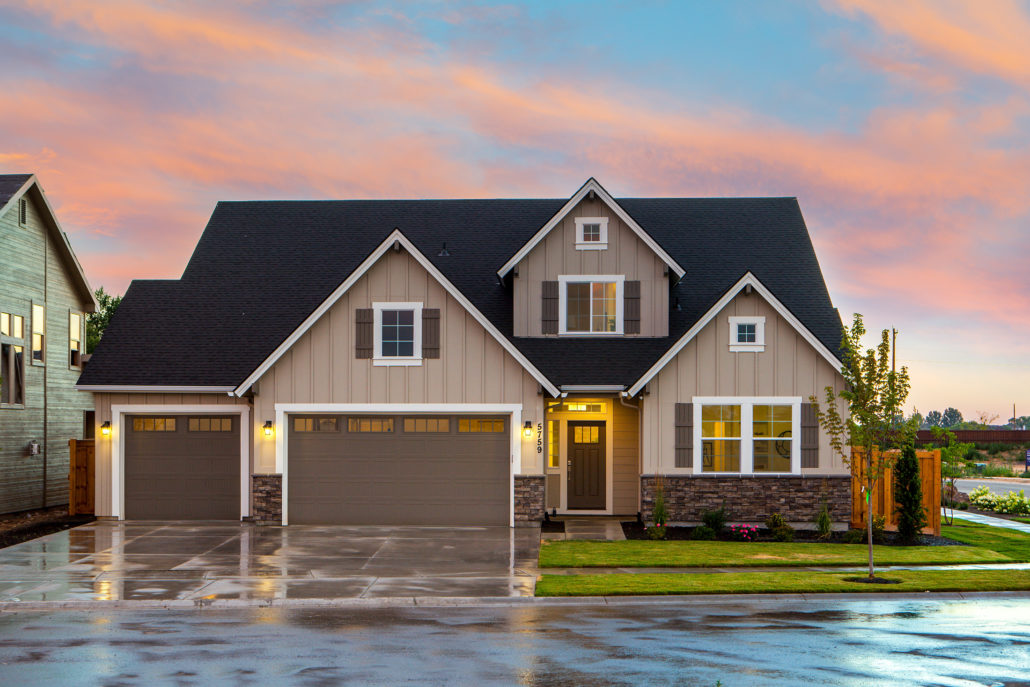Protect Your Home From Burglary Part 1: Prepare Your Outdoors
The first priority, when it comes to home crime prevention and burglary, is to eliminate any vulnerabilities thereby removing the potential for harm.
Not surprisingly, most people are most concerned about their home security at night. But, the evidence reveals that, in fact, most burglaries occur during daytime hours when we’re all at school, work, or simply out running errands.
You can’t be too careful, and regardless of the time of day, there are a variety of ways to ensure your home remains secure, beginning with the outside of your home. Make it as difficult and inhospitable as possible around the perimeter of your home for any potential thieves to gain access.
First things first: explore the exterior of your home and evaluate for potential weaknesses. As you survey the property around your home, try to review it as best you can through the eyes of a possible intruder. If windows appear vulnerable (easily pried open), for instance, that’s an opportunity for access.
As you review for weak spots, do make sure to note any valuables visible through windows – computers, artwork, antiques – that could be of interest to a burglar. Don’t undo your entire decor, but make changes and adjustments where you’re able.
If you aren’t confident in your ability to assess, you can contact your local police department for a courtesy home analysis to help you recognize weaknesses.
Keep expensive items (cars, bikes) out of plain sight. Most crimes are those of opportunity, so the fewer you offer, the better. If it has wheels, it can be easy to take. Keep your bicycle indoors or chained in a secure, out-of-the-way location. If you only have street or outdoor parking at your home, keep your car doors locked and try to park in an area that is well-lit.
Keep your car secure. If you are limited to street or other outdoor parking, try to keep your car in a well-lit area and be sure to keep any valuables with you when you leave it, including satellite radio and GPS devices. Don’t leave anything in plain sight, keep the windows up and the doors locked when parked. Beware where you keep a spare key – nowhere obvious such as in the visor or glove compartment. An unlocked car is one of the easiest targets and break-ins occur in even the safest of neighbourhoods. Never leave a spare key in the visor or anywhere else inside, even if the car is locked.
Keep shrubs trimmed and trees pruned. Try not to offer hiding spots to anyone attempting to break in. Keep your shrubbery trimmed particularly along walkways and at entrances. Shrouded areas can allow for just enough protective cover for the few minutes it takes to get into your home. Thorny bushes or shrubs are the exceptions as they might help add challenges to the job! If your house has a second floor, keep branches trimmed to prevent a more determined crook from scaling the tree to gain access.
Know your neighbors. “It takes a village” can apply to more than raising children. It applies to neighbourhood security, as well. In fact, incidences of crime tend to be less in tight-knit communities. Neighbours are far more likely to look out for one another and keep an eye on each others’ property in their absence. They’re also more sensitive to strangers. Get to know your neighbours and take advantage of the extra eyes they provide – probably one of your best assets in home security and crime prevention!
Initiate a neighborhood watch program. Starting a neighbourhood watch program in your community offers more opportunities to get to know your neighbours, providing each of you with the peace of mind of enhanced home and neighbourhood security.
Fence your yard. If your yard isn’t already fenced, installing one can be an effective way to keep unwanted visitors off your property. Ornamental metal or chain-link as they tend to be anchored by concrete and difficult to remove or lift. Wood fences can be easy to climb, but offer some degree of protective barrier.
Incorporate motion sensor lighting around your home and garage. Let the light catch your intruder before you have to! Add extra security through motion detection lighting at entrances and particularly in those dark areas around your home. If you’re a renter or live in an apartment, don’t be afraid to ask your landlord to install better lighting, including motion sensing, at entrances, in the hallways, or any other dark areas or corners.
Clean up around your home. It’s important to keep your yard tidy and free of tools, ladders, toys or anything else that may pique a thief’s interest. A yard cluttered with assorted items could signal that there are equally interesting things indoors such as entertainment – laptops, tablets, and game consoles. A toolbox or ladder left outdoors can offer an intruder an easy means to gain access to your home.
Keep doors, garage doors, and gates locked. Consider the various points of entry on to your property and into your home. It may be worth investing in a high-quality padlock for outside entrances, even if you only use them at night or while your away. Your garage door should never be left open if you aren’t inside it or if you don’t have it in sight.
Install highly visible – large, well-lit, and reflective – numbers on your house, gate, or mailbox. In the event of an emergency, you want to make it as easy as possible for emergency personnel to find your home. Thieves prefer a dark home with an address that is difficult to identify – provides them with a buffer of time if they’re caught in the act.

